Delayed onset muscle soreness (DOMS)
Table of Contents
Definition
Delayed onset muscle soreness (DOMS) is also well-known as ‘muscle fever’. It is a sore, aching, painful feeling in the muscles behind the unknown and unaccustomed extreme workouts. DOMS is thought to be because of temporary muscle damage and inflammation for which the most general trigger appears to be an eccentric workout. DOMS is considered a type 1 muscle strain injury that has a pain-free duration of 12-24 hours and muscle soreness peaks between 24-72 hours.
Pathophysiology
- Eccentric muscle contractions consequence in a larger disturbance to the structural elements of the muscle and connective tissue than concentric exercise, that the reason DOMS is more extreme with eccentric than concentric forms of movement.
- This structural disturbance has enough proof by histologist studies, electron microscopic assessments, and serum enzyme levels which have been carried out more than the years.
- Eccentric contractions recruit lesser motor units and thus the force generated is distributed over a little cross-sectional area of the muscle. This enhanced tension per unit area causes greater trauma to the tissue. Though there is still ongoing research to establish a direct causation between muscle and connective tissue trauma to the onset of DOMS.
- The beginning of muscle soreness following a workout is versatile. The pain-free time indicates that DOMS isn’t exclusively due to myofibrillar disruptions but has other underlying causes.
- The secondary injury model states that subsequent to the initial trauma (muscle damage or injury) the inflammatory cascade that follows can provoke secondary damage.
- Neutrophils and proinflammatory macrophages are vital in the removal of cell debris through phagocytes. though, excess production of reactive oxygen species (ROS) by these inflammatory cells can source collateral damage to healthy cells that were not included in the early trauma by means of denaturing the proteins, lipids, and nucleic acids that made up those cells.
Signs and symptoms of Delayed onset muscle soreness (DOMS)
- The soreness seems as a dull, aching pain in the affected muscle, frequently shared with tenderness and stiffness.
- The pain is classically felt only when the muscle is stretched, contracted, or put under pressure, not when it is at relax. This tenderness, a typical symptom of DOMS, is also called “muscular mechanical hyperalgesia”.
- Even though there is variation surrounded by workout and persons, the soreness typically enhanced in intensity in the initial 24 hours after a workout. It peaks from 24 to 72 hours, then subsides and disappears up to seven days later than exercise.
- You may feel tired and reduced strength and stiffness in the affected muscles.
Causes of Delayed onset muscle soreness
- Extreme workouts can result in small, microscopic tears in your muscle fibers. Your body responds to this injury by enhancing inflammation, which can result in a delayed onset of soreness in the muscles.
- Pretty much any high-intensity workout may result in DOMS, but one kind in scrupulous, well-known as eccentric exercise, frequently triggers it.
- Eccentric exercises result in tensing a muscle at the similar time you elongate it.
- For instance, the controlled, downward movement as you straighten your forearm following a biceps curl is an eccentric movement. The method your quads tense up when running downhill is also an eccentric movement.
How to Prevent Delayed onset muscle soreness?
- DOMS usually gets improved on its own following some days to a week. However, at that time range of motion and muscle performance can be reduced.
- There is some proof that anti-inflammatory NSAIDs medications, massage, compression garments, rest, and a few supplements can decrease the extent of DOMS.
- Soreness can hypothetically be avoided by limiting the workout to concentric and isometric contractions, but eccentric contractions in some muscles usually are inevitable throughout the workout, particularly when muscles are fatigued.
- Limiting the length of eccentric muscle extensions throughout exercise can afford a little protection against soreness, but this can also not be practical depending on the style of exercise.
- Static stretching or warming up the muscles before or after exercise does not prevent soreness, even though there is proof that whole-body vibration therapy performed before exercise may reduce both the soreness and decreased range of motion caused by delayed onset muscle soreness.
- Other preventative measures with proof of effectiveness are based on randomized controlled trials consisting of the consumption of saffron. Wearing compression garments has not been demonstrated to have a momentous effect on delayed onset muscle soreness.
Treatment of Delayed onset muscle soreness
Time is the single treatment for DOMS, but you be capable of taking some steps to effortlessness the pain and stiffness at the same time as you wait for your muscles to repair themselves. Research findings are diverse, and more study is required. a few findings propose the following treatments and self-care steps may help lessen the discomfort.
Massage
A 2017 analysis of some studies establish that individuals who received a massage 24, 48, or 72 hours following extreme exercises reported considerably less soreness than individuals who didn’t get an after-workout massage. Getting a massage 48 hours following exercises seemed to work effectively.
Getting a massage following every workout may not be possible, but you can try self-massage on your:
- Calves
- Thighs
- Buttocks
- Arms
- Shoulders
To massage your muscles, apply a little oil or lotion to the area and massage, squeeze, and gently shake your muscles. By means of a foam roller right following an exercise can also aid the head in a terrible case of DOMS.
Topical analgesics
- Topical analgesics are products destined to aid in reducing pain. Menthol-based topical analgesics and those with arnica can aid ease the pain of DOMS, these products can be applied topically to the region that’s sore.
- Always next to packaging instructions about how much and how frequently to apply.
Cold bath
- A 2016 review of research establish that a 10- to 15-minute full-body immersion in a cold water bath (50–59°F or 10–15°Celcios ) narrowed the degree of DOMS.
- Cold baths have turned into a famous self-treatment for competitive athletes.
Warm bath
- Does an ice bath sound intense? Try an immerse in a warm tub, in its place. Moist heat wraps or a warm bath may also relieve the pain and stiffness that come by means of DOMS.
Anti-inflammatory foods
More study is required, but a few findings suggest that the intake of definite foods or taking certain supplements can aid in DOMS.
Physical Therapy Treatment for Delayed onset muscle soreness
- Having DOMS is typically a positive sign after a workout. It indicates that the muscle is healing into a stronger state than it was previous to the activity and therefore it means that the training was certainly helpful.
- A lot of physical therapy patients will be initiating a new workout plan or will be adding new exercises to their present exercise program. These exercises may be extreme for the patient and the patient may occurrence delayed onset muscle soreness (DOMS) after starting a physical therapy or exercise program.
- DOMS is typically weaker following subsequent exercise sessions but the first bout may be so extreme that individuals frequently reject to continue the exercises. consequently, it is vital for the therapist to reassure the tolerance that DOMS is a normal part of the latest exercise program and to aid the patient differentiate muscle soreness from other types of pain. It is also vital to note that the harshness of the soreness is not associated with the amount of exercise-induced muscle damage.
- Massage is one choice therapy that has been proven to demonstrate significant effects in improving the intensity of the stiffness and pain felt related to DOMS.
- When administered within 2 hours of activity, the mechanical pressure is supposed to reduce the neutrophil migration and thus decrease the inflammatory process within the muscle structure. Massage through was revealed to have no effect on muscle presentation or strength post-exercise when compared to a control group who were not administered the therapy.
General techniques used to treat delayed onset muscle soreness contain:
- Acupressure
- Trigger pointing
- Lymphatic drainage
Trigger pointing and acupressure can ease soreness to the exact place. Trigger pointing and acupressure are parallel techniques that separate a place of pain by applying direct pressure and relieving clinical presentation.
The high pressure on a precise region causes decreased blood circulation, cellular damage, and the elimination of waste products.
Trigger pointing intentionally causes the blockage of blood to a region so that upon release, there will be an inflammatory response and a resurrection of blood.
Lymphatic drainage is a helpful massage technique that stimulates the body’s healing process by enhancing lymphatic flow. The lymphatic flow allows the natural drainage of waste products to happen and the healing process to start.
FAQ
The good information is that it typically only lasts a couple of days and, at the same time as it may not feel like it at the time, that sore, achy stiffness is really a good thing. DOMS is a sign your body is adapting to workouts and receiving fitter.
The reply to this is, no. Muscle damage and DOMS may delay muscle growth, but they by no means should be used as a main indicator of growth following a workout.
Your muscles are weaker during the healing process after DOMS, so working through the pain won’t increase your strength, and may delay healing. So avoiding painful exercise may increase your pain and make you weaker.
The tearing of the muscle fibers is also related to swelling in the muscle, which may contribute to soreness. The swelling can build up for days after exercise which tells why the muscle soreness may feel worse for two to three days next to the workout.
Protein helps to strengthen the muscle fibers that have been torn while workout, refueling the muscles and decreasing the impact of delayed onset muscle soreness. After exercise, you should take enough protein-rich foods or drinks to avoid muscle soreness and aid in the repair, maintenance, and growth of muscles.

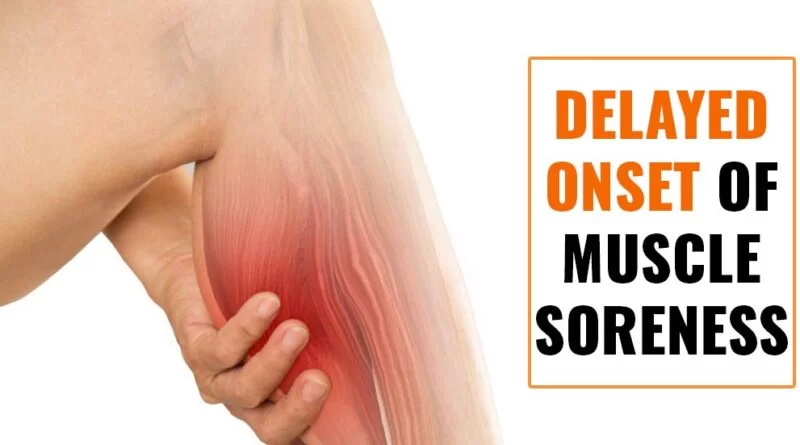
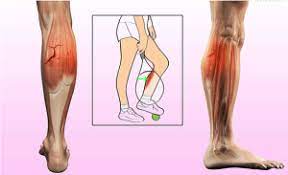
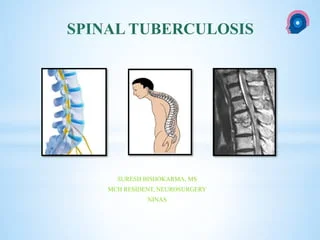
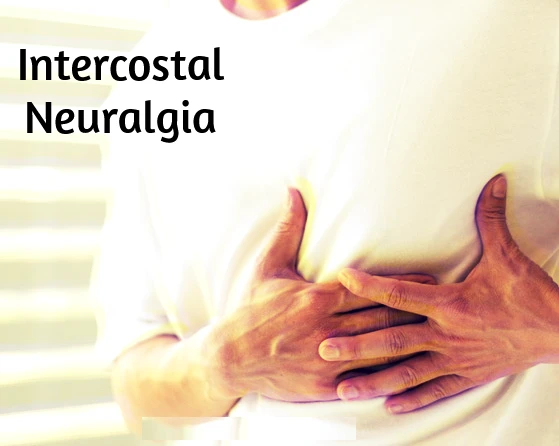
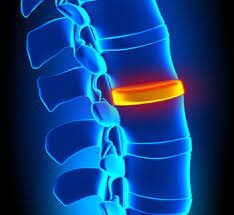

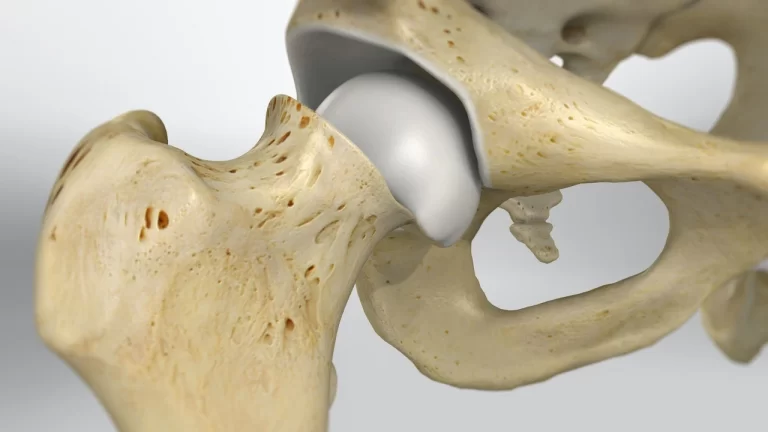
6 Comments